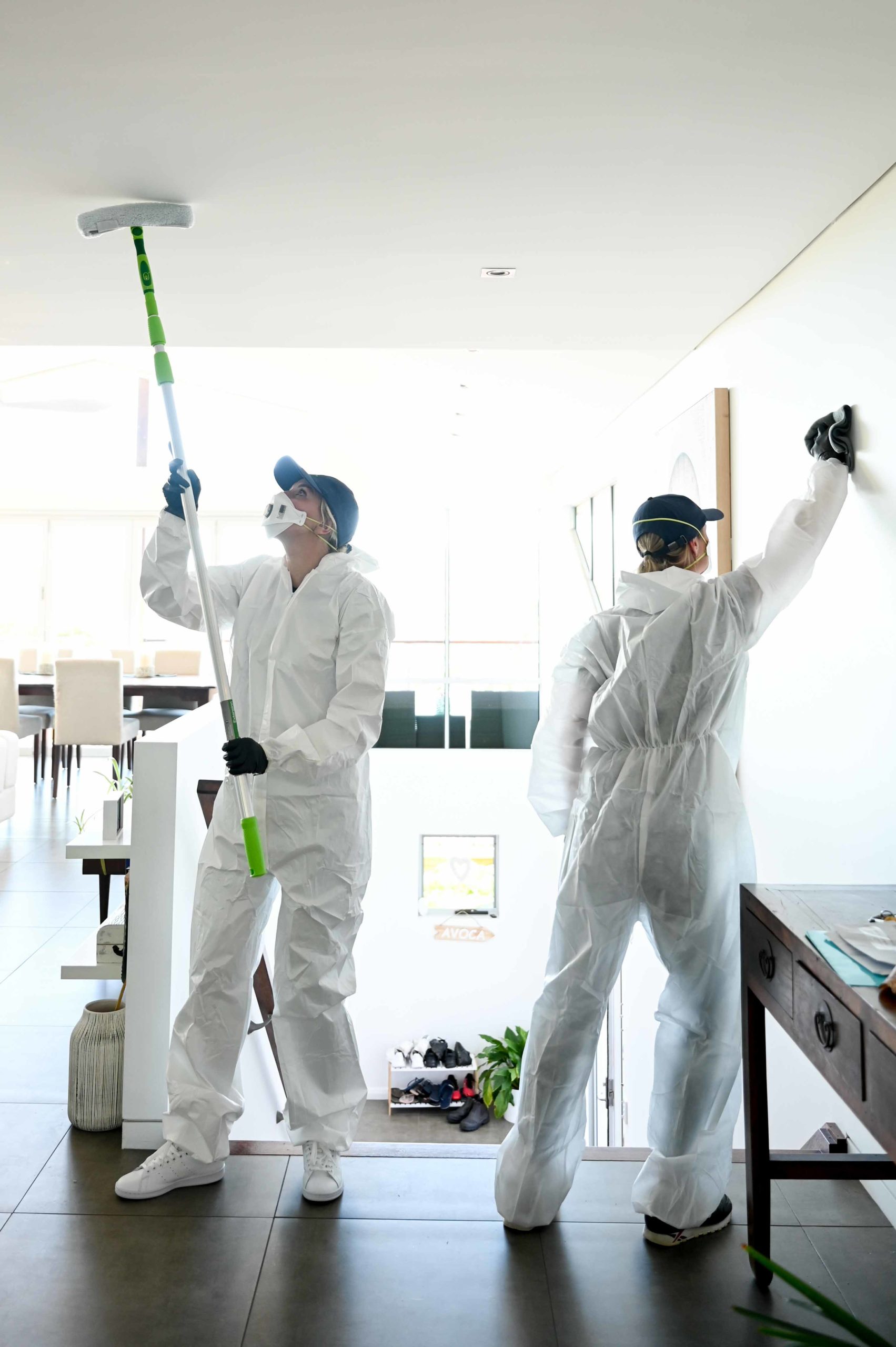Mould Removal
MouldSafe provides high-quality reliable testing and mould removal services
Mould Removal Central Coast: Minimise Health Risks with Expert Cleaning and Removal. Trust the Mould Remediation Experts for a Safe and Effective Solution. Our HEPA vacuuming technique efficiently removes settled spores and mould fragments. We then thoroughly remediate and treat contaminated surfaces, including walls, floors, and fixtures, with specialised mould biocides to eliminate remaining spores and prevent future growth.
Mould remediation is the process of removing and cleaning up mould growth in indoor environments to prevent its spread and minimise health risks. Here's a general overview of the mould remediation process:

Assessment and Inspection:
A professional mould remediation specialist will first conduct a thorough assessment of the affected area. They will inspect the extent of mould growth, identify the type of mould present, and determine the cause of the mould problem, such as water leaks or excessive moisture.
Containment:
To prevent further spread of mould spores, the affected area is isolated and contained. This typically involves sealing off the area with plastic sheets and creating a negative air pressure system using specialised equipment like air scrubbers and HEPA filters. This helps to capture and filter out airborne mould spores during the remediation process.
Personal Protective Equipment (PPE):
The remediation team will wear appropriate personal protective equipment, including gloves, masks, goggles, and coveralls, to protect themselves from exposure to mould spores and contaminants.
Removal of Affected Materials:
Any materials that are extensively contaminated with mould, such as drywall, carpeting, insulation, or furniture, may need to be removed and discarded safely. This ensures that all sources of mould growth are eliminated from the affected area.
Mould Remediation:
HEPA vacuuming is used to remove settled spores and mould fragments.The remaining contaminated surfaces, such as walls, floors, and fixtures, are thoroughly remediated and treated with specialised mould biocides. This helps kill any remaining mould spores and prevents future growth.
Drying and Dehumidification:
Moisture control is crucial in mould remediation. If needed, after remediation, the area is dried using dehumidifiers, fans, and other drying equipment to reduce humidity levels and prevent mould re-growth.
Post-Remediation Verification:
Once the remediation is complete, a final inspection is conducted to ensure that all mould has been effectively removed. Air sampling and testing may be performed to assess the air quality and confirm that mould spore levels are within acceptable limits.
